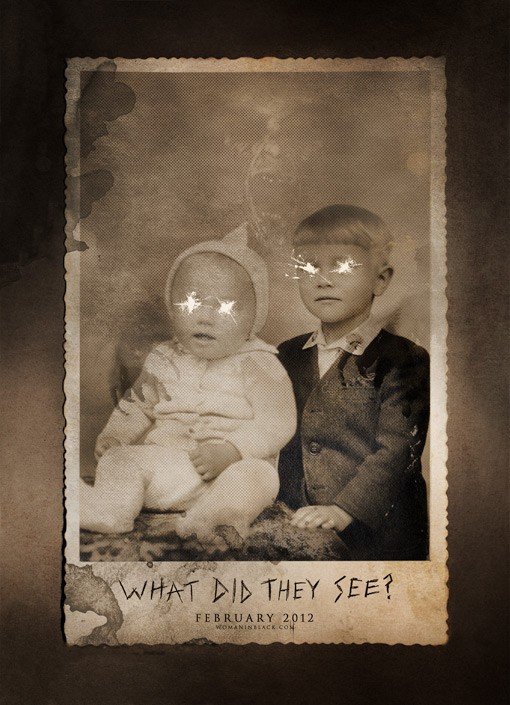After 10 years as “the boy who lived,” actor Daniel Radcliffe has finally shed his Hogwarts robe and flimsy spectacles and stepped into the dark, undeniably grown-up film adaptation of Susan Hill’s novel, “The Woman in Black.” Almost 30 years after the ghost story was published, director James Watkins has revived — no pun intended — this eerie tale about a town in Northeast England … and its “black” secret.
After an uncanny prologue in which three young girls commit a strange and sudden suicide, we meet lawyer Arthur Kipps (Radcliffe), and his young son (Misha Handley, Radcliffe’s real-life godson). Grieved and distracted by haunting visions of his dead wife, Stella (Sophie Stuckey), Kipps is struggling at work and is sent by his boss on a make-or-break “prove yourself” assignment — wrapping up the affairs of a recently deceased widow, Alice Drablow, and her home, Eel Marsh House.
Kipps leaves his son and boards a train to the coastal town of Crythin Gifford, making the acquaintance of fellow traveler Sam Daily (Ciarán Hinds) on the way. It soon becomes clear that Daily is Kipps’ only friend in the unfamiliar, unpleasant region — the rest of its inhabitants act threatened and fearful and seem intent on keeping Kipps from Eel Marsh House by any means possible. Undeterred, Kipps begins sorting through the mountains of paperwork left in the dank, abandoned estate. He soon uncovers far more than he ever intended, and comes under fire from the villagers after the sudden tragic deaths of two more children. And of course, very little tops dead children in the horror department.
Fear of unknown creates suspense
Screenwriter Jane Goldman’s adaptation of “The Woman in Black” aims to scare through mystery and suspense — what the audience can’t see — rather than unleashing a barrage of gore or otherworldly special effects. Long, drawn-out silences and an unnerving abundance of dark corners instill a “fear of the unknown” suspense that will leave you unconsciously gripping your seat, or your neighbor, in terror. In one scene, Kipps wanders into a disturbing upstairs bedroom, apparently that of Nathaniel Drablow, who drowned years before at age six, to find several creepy-looking musical toys playing a disconcerting melody of their own accord. Similar hauntings occur throughout the movie, building up a foundation of fear that makes the truly chilling moments far more intense.
Strong performance from Radcliffe
Harry Potter fans are sure to be impressed by Radcliffe’s performance, and even harsher critics must acknowledge the 22-year-old actor’s growth and maturity. Radcliffe is perfectly capable of holding an extensive scene completely on his own, which he does for most of the film, and it doesn’t take long before all images of Quidditch and lightning scars are merely phantoms of the past. The supporting work of Hinds, as well as that of actress Janet McTeer as his deranged wife Elizabeth — bet you can guess who they lost to push her to insanity — provide added solidity to the cast as well.
With its PG-13 rating and formerly wand-waving lead actor, true fear fanatics might skip over “The Woman in Black” as child’s play. They would be missing out. Not only does the film provide a full array of jump-out-of-your-seat-and-throw-your-popcorn-clear-across-the-theater frights, it also rides the strength of a dynamic, gripping plot all the way to its shocking conclusion — ending with a twist that is somehow both horrible and satisfying. Watkins’ smart and disturbing adaptation delivers on every level. It may just leave you feeling haunted yourself.







